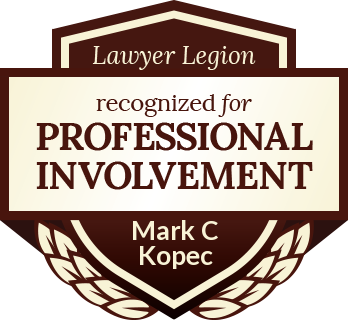Fraud: Crystal v. MidAtlantic
The Baltimore Medical Malpractice Lawyer Blog delves into the issues that arise in Maryland medical malpractice cases. In this post, we unravel the complexities of fraud claims in medical malpractice, focusing on the case of Crystal v. MidAtlantic Cardiovascular Associates, P.A., 227 Md. App. 213 (2016).
Procedural Background
The plaintiff filed a complaint in the Circuit Court for Baltimore County against a doctor, his practice group, and also a hospital, alleging placement of an unnecessary stent in the LAD artery. The claims were for medical malpractice and fraud. (Op. at 1). The circuit court granted the defendants’ motion for summary judgment on the fraud claims for lack of evidence and on the medical malpractice claims based on the statute of limitations. (Id. at 1-2). Afterward, the plaintiff appealed. (Id. at 2).
Factual Background
Before encountering the defendants, the plaintiff had experienced chest pain, shortness of breath, and chest tightness. He went to the cardiac cath lab, which revealed 95% stenosis in the LAD artery. Accordingly, the doctor placed a stent. (Id.).
However, the plaintiff continued to experience shortness of breath. His cardiologist recommended another cardiac catheterization, and this time it was with the defendants. (Id. at 3). The plaintiff testified that during the procedure, the doctor advised him that the stenosis was 70% and that he needed another stent to avoid a complete blockage. The doctor placed another stent in the LAD artery. (Id. at 4).
Afterward, the plaintiff read a news story that the doctor may have been performing unnecessary stent procedures, he brought this lawsuit for fraud. (Id. at 5). The plaintiff included a certificate of qualified expert stating that the doctor had implanted the stent without sufficient evidence to justify it. (Id. at 6).
The plaintiff contended that the evidence of fraud against the doctor included the expert’s testimony that the stenosis was only 20-40%. (Id. at 6-7). The plaintiff also argued that the hospital committed fraud by concealing the doctor’s actions. (Id. at 7).

Court of Special Appeals on Fraud in Medical Malpractice
The CSA said the issue was the knowledge element of the fraud: whether the doctor knew his statement was false or was recklessly indifferent to the truth. (Id. at 11). The CSA held that there was no evidence that the doctor knew his estimate of 70% stenosis was incorrect. At most, there was negligence or gross negligence. (Id. at 12).
The CSA also noted that the expert witness had not testified about the number at which a doctor should consider a stent, nor what margin of error there is when making a stenosis assessment by eyesight. (Id. at 16-17).
The CSA also noted that the defense introduced evidence that doctors can vary in their readings of stenosis by up to 20%. The plaintiff acknowledged the existence of variability but did not concede the presence of a 20% difference in this case. (Id. at 17 n. 9).
The CSA upheld the summary judgments. (Id. at 21).
Commentary by the Baltimore Medical Malpractice Lawyer on Fraud in Medical Malpractice
In this case, the distinction between negligence and fraud was of paramount importance. The defense’s argument that reasonable doctors can vary by 20% in their estimate of stenosis, coupled with the plaintiff’s own expert varying 20% in his reading of the stenosis, from 20 to 40%, significantly impacted the strength of the fraud case.
By the time the court in this case held the summary judgment hearing, the doctor had already had his license revoked for unnecessary stents. The hospital had already settled other litigation for $37 million for unnecessary stents by that doctor. This situation raises the question of whether there was other fraud evidence available that could’ve significantly bolstered this plaintiff’s fraud case.
Mark Kopec is a top-rated Baltimore medical malpractice lawyer. Contact us at 800-604-0704 to speak directly with Attorney Kopec in a free consultation. The Kopec Law Firm is in Baltimore and helps clients throughout Maryland and Washington, D.C. Thank you for reading the Baltimore Medical Malpractice Lawyer Blog.





